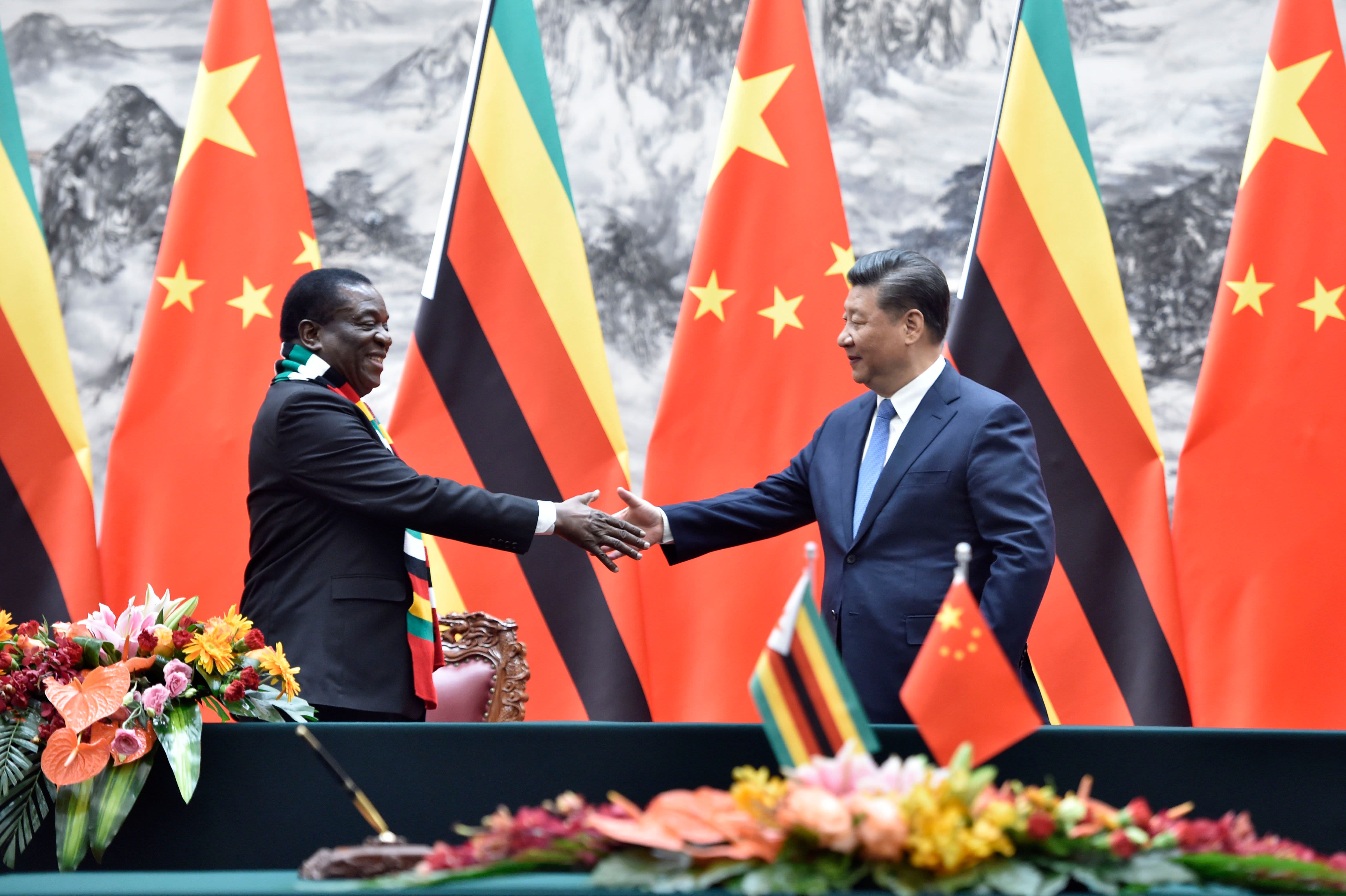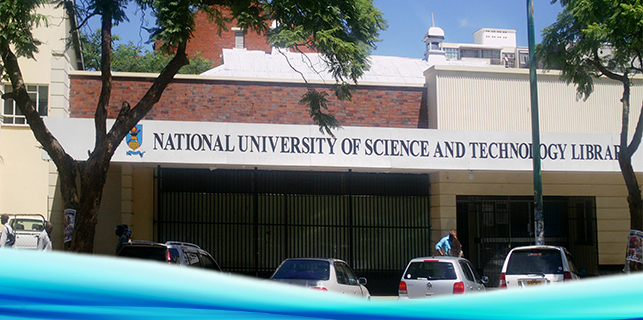Alex T. Magaisa
This is a layperson’s attempt to understand how our government got us into this cul-de-sac called Bond Notes Close.
Understanding an instrument called the Treasury Bill
When a government wants to raise funding for its public projects and other activities, it can use one or more of a number of financing methods. It can use its revenues from taxes. It can sell off major assets. It can also borrow money from lenders. Sometimes, it benefits from grants offered by developed countries. A common method is to issue an instrument known as a Treasury Bill (hereafter “TB”).
But what is a TB? In basic terms, a TB is a financial instrument used by government to borrow money from the market for short-term periods. It is in the form of a promissory note (a promise to pay a sum of money at a future date) issued by a central bank to an investor and guaranteed by government. It is considered very safe and in theory, a TB approximates a risk-free asset. A TB is a safe investment as, in theory, governments can’t default. The low risk means returns are safe but low compared to other investments.
So when the government is looking for funding, it issues a TB to an investor in exchange for the investor’s money, with a promise to pay it back within a certain period of time, usually less than 12 months. Essentially, the person getting the TB is lending money to the government for a certain guaranteed price in future, when the TB matures. The government benefits because money raised from selling TBs can be used to fund public projects, such as the building infrastructure – schools, hospitals, roads, etc. It also helps to mop up excess liquidity thus assisting to manage interest rates, the monetary transmission tool for most governments and central banks.
Used sensibly, TBs are a good way for governments to raise finance and a safe investment for investors that prefer a guaranteed return on low-risk investments. Institutional investors such as pension funds, mutual funds, banks, and others are usually major purchasers of TBs. For institutions like pension funds TBs help them to meet certain regulatory requirements i.e. meeting prescribed asset ratios for pension funds etc. Banks usually hold TBs for short-term liquidity management in the hope that they can sell them in the market as and when they require liquidity. Now however, all banks are holding TBs and there is no appetite to buy them from anyone else. Thus banks are stuck with TBs waiting for the maturity date. As institutional investors use depositors’ money to invest in TBs, there is a looming challenge which I will highlight later in this piece. It suffices for now to point out that depositors may demand their money and it could be a problem if the institutions fail to meet this demand because liquidity is locked up in TBs.
Abuse of TBs
We have seen that TBs are a common financing tool for governments. However, in the case of Zimbabwe in recent years, government has used TBs to buy up scarce foreign currency on the market not for purposes of funding public projects, but to finance short-term expenses like presidential travel and subsistence or purchasing luxury vehicles for Ministers and other public officers. These activities require cash. Government’s insatiable appetite for cash has meant the Reserve Bank of Zimbabwe has been issuing TBs to banks in exchange for US dollar balances. Economists make a distinction between “Productive use borrowing” and “Non-productive use borrowing” and our government has been specialising in the latter. The facility of TBs has been abused to feed a government with a voracious appetite for non-productive uses.
In effect, the government has been borrowing money from the banks (and therefore from customers), depleting the US dollar balances in real terms. It is estimated that over 70% of banks assets are currently TBs, which means, for every depositor’s $1, only $0.3 has not been borrowed by the government. What this means is that Zimbabwean banks now have balances with the borrower – government – and not with overseas banks, as should be normal (in what are called Nostro accounts). Nostro Accounts are accounts that Zimbabwean banks hold with foreign banks – they help to facilitate international financial transactions, for example payments, receipts and cash importation. The depletion of Nostro accounts has exposed local banks and therefore its clients as they are unable to meet their international obligations. The end result is that their credit-ratings suffer, too. In effect, the government is imposing sanctions on its own business people.
Bank run
The most visible results of all this are the queues at banks. Unable to import cash, local banks cannot meet local demand from their customers. When you go to the bank and demand your deposit (on demand deposit) as per contract, the bank is unable to give you what you want because it simply does not have the hard cash. The bank balance will still reflect that the bank is holding your money but it just can’t give it to you because it doesn’t have it. Remember your bank’s balance with the government will also reflect that the government owes it money. But government too, does not have the cash to give to your bank. The government took all of it and used it up! Thus there is a chain-reaction. If you had borrowed money from a friend, you would also not be able to pay him because you don’t have the cash. If he had borrowed that money from another friend, he will also not be able to pay him as he does not have the cash. And so on.
In a normal market the central bank is the custodian of the cash in the market and they distribute it evenly across banks, with banks buying cash from the central bank. The RBZ long ceased to be the lender of last resort. It doesn’t have the capacity to play that role. The architectural design of the tall RBZ building is based on the traditional granary (hozi) where traditional peasant farmers stored their grain after the harvest. But right now, the RBZ granary is empty and the market knows it. The long queues are signs of a phenomenon called a “bank run” where customers swarm the banks to withdraw their deposits. If people could access all their money, they would long have abandoned the banking system. Likewise, potential depositors have been holding on to their deposits – why deposit funds into a bank account when it’s such a nightmare to get it back? Hence the growth of what some have referred to as the National Mattress Bank – keeping cash under the mattress. This is not just individuals resorting to this, but big commercial players are also avoiding the banking system. In our case, only the big international banks have access to cash as they import directly through their parent institutions, but the smaller local ones are vulnerable. They rely on the impecunious RBZ and are worse off.
This, by all accounts, is the real reason why Zimbabwe is short of cash, not the fictional stories government has been telling people. The government “ate” people’s money and TBs were a big instrument in that process.
The fact of the matter is that the bond notes, whatever we call the new financial instrument, are already there via the TBs which are the banks’ anchor assets. What remains is for government to go ahead and print the bond notes in which they are denominated. This fictitious instrument called bond notes will enable banks to give you something, pretending that they are giving you your money. But it is not really money. It’s like an IOU – a piece of paper that says, government owes you money. It’s pretend money. In TBs, banks are holding IOUs from government. Now they will give you IOUs in the form of bond notes.
Black market
The trouble will come when you want to purchase goods outside Zimbabwe. Zimbabwe is a net importer hence there will always be a higher demand for foreign currency. The bond note will further worsen the gap as US dollars will become very scarce on the market courtesy of what economists refer to as Gresham’s Law. It is a principle that says “bad money drives out good.” In other words, when new money is given the same face value as older money with a higher quantity of precious metal, then the new money will be used in circulation while the older money is hoarded and disappears from circulation. This will create a huge supply and demand gap for older money – in this case, US dollars – and in turn the black market flourishes.
In practical terms, it will mean if you wish to import or travel outside Zimbabwe, you will have to find someone who has US dollars in order to purchase them. In its decree, the government says the exchange value between the bond note and the US dollar will be 1 to 1. This defies both economic and common sense. The truth is right now a black market exists as US dollars in hard cash are trading higher than bank transfers in US dollars. We have a bizarre situation in which the US dollar is trading against itself. The market has already re-adjusted and placed its own values on the different forms of payment. Since the real problem which has necessitated the printing of bond notes is the scarcity of US dollars, demand for US dollars will be high and so will the price of the real US dollar. This is governed by the simple law of demand and supply, not by decrees, as government is trying to do.
Consequently, the existence of a black market in US dollars is an inevitability. And because importers will be buying US dollars at a premium, prices of goods will naturally go up. Prices of goods will be quoted in both bond notes and US dollars. This will have a domino effect on the rest of the economy. Inflation will rise.
RBZ Debt Assumption Law
Sometime in May 2015, Parliament passed the Reserve Bank of Zimbabwe Debt Assumption Act, in terms of which government took over USD1.4 Billion worth of debts owed by the RBZ. To service this debt, government issued TBs to RBZ’s former creditors. Meikles alone, which was owed heavily by the RBZ, is estimated to have received about $89m worth of TBs. Armed with these TBs and desperate to liquidate them for cash, the creditors offloaded them to pension funds, banks, asset managers etc. at huge discounts. The huge discounts on the TBs were an attraction to banks and several of them made some handsome profits, although in bond currency. One bank, ZB Bank, even boasted about it. Interestingly, the RBZ has been honouring these TBs upon maturity but the million dollar question is how has the RBZ been funding these TB maturities when it’s plain that the government is broke?
One explanation is that the RBZ has simply been passing credit entries to the accounts of holders of maturing TBs. In effect, the RBZ has been playing cheap magician, creating imaginary USDs out of nothing. These are just RTGS balances which are not backed by real USDs. These RTGS balances that are circulating in the economy are not USDs but what we might call “bond balances”. The balances at banks are not USD balances but “bond balances”. Therefore, when the RBZ says it is introducing bond notes, it’s no more than a confirmation in physical form of what already exists at the banks. They are simply redistributing the bond balances that have been circulating in the market for the past couple of years in RTGS balance form. The MPs who hastily passed the RBZ Debt Assumption Act last year must hang their heads in shame. They are part of the problem and they have a lot to answer to voters. As for government, it’s paying the price of trying to do short-cuts to cover up the profligacy that caused the huge RBZ debt in the first place. Since that RBZ debt comes from its days of quasi-fiscal activities before 2009, the ghosts of 2007-08 are returning to haunt the Zimbabwean economy.
The return of “Burning money”
But actually, the government has resorted to the 2008 phenomenon of “burning money”. The so-called 5% export incentive is really the government “burning” exporters’ money. We all know our government is not generous. There has to be a catch somewhere. They have realised that the RTGS balances that they generated as described above are not “reality”, they know they are inferior to real hard cash. They are therefore proposing a 5% premium on exporters’ proceeds – supposedly as an incentive to exporters. In other words, USD105 in RTGS balances, is being equated to USD100 cash. When an exporter exports, the hard cash receipts will be taken by the government, while the exporter will get RTGS cash, with 5% of it being printed RTGS Dollars being marketed as “Bond Notes”. 100% of all gold and diamond proceeds, 50% of other mining receipts, and 80% of tobacco proceeds will be handled this way. This is the real reason why they want the bond notes, the Afreximbank facility is merely a smokescreen. They want to “burn” most export proceeds and take billions into their coffers – that’s the only way they can access US dollars. It also explains why they are offering an incentive for Diaspora remittances. It’s not government’s new-found generosity. The challenge is, the bond notes will keep losing value while our crafty government accumulates US dollars from exports and the Diaspora remittances.
Trouble for long-suffering pensioners
But all this also spells doom for the long-suffering pensioners. The recent conduct of the government is wiping out past savings such as pensions and resources belonging to life assurance funds. If a contractor does some work for the government, they are usually told that the government has no money. Much of it is going to the civil service which takes up 90% plus of the budget. So contractors are offered TBs as payment. If say the contract is for USD1million, the contractor is given this in TBs. The contractor then goes to a bank, which discounts this significantly, by offering the contractor USD700k. The contractor would have overcharged the government anyway because even before entering the contract, they know the government will not pay readily. So, the USD700k RTGS money will be quite generous. The contractor takes the cash and goes (chances are they will be “connected” and can buy hard cash off the black market with relative ease). The bank then takes the TB and sells it to a pension fund for say USD800k, making USD100k profit.
With a small incentive, a fund manager will not have much problem purchasing an USD1m asset at a 20% discount. However, the members of the fund are now sitting on a piece of paper that may never be redeemed. It will be rolled over because there is already a ready excuse that “cash is being used to pay civil servants”. With the way things are going, those TBs will continually fall in value, as no-one will be willing to purchase the government security. The IOU will be worthless and those who bear the losses are the pension fund members who paid for it via their savings. Like in 2008, when they lose, no-one will be compensated.
In many ways, it’s a cocktail for disaster.
But don’t let them lie to you: the source of problems is government’s insatiable appetite for cash and its reckless spending. It spent whatever little it had, then it came after your cash and spent it too. Now they are mopping up the remainder using bond notes. Bond notes are not real money. They are not the solution. On the contrary, they will create an illusion and exacerbate the problems.
But as the French General, Napoleon Bonaparte once said, never interrupt your enemy when he’s making a mistake.
waMagaisa
Read more from Alex Magaisa’s blog here
Acknowledgements
I have benefitted immensely from the help of a number of people who know economics more than I do. My effort was to try to simplify it, to capture it in layman’s terms. Some have preferred to remain anonymous, for professional reasons. I mention Rungano Innocent Nyaude, Jasper Manyika and anonymous contributors who have been most helpful in crafting this paper. The responsibility for the paper, however, remains entirely upon my shoulders.






